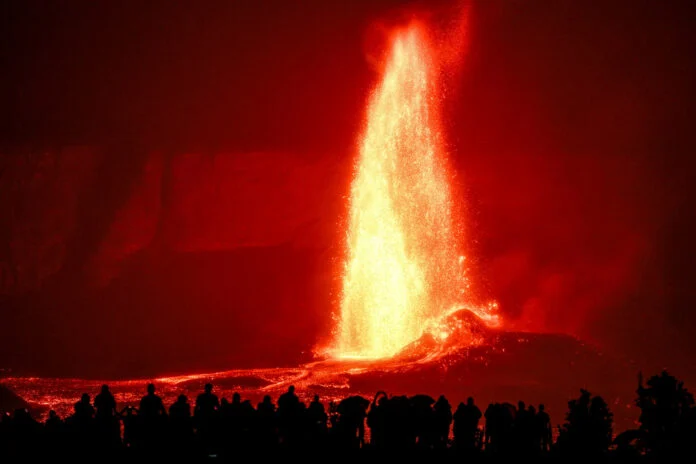Abstract
Warfare played a crucial role in shaping the political and social landscape of ancient China. From early tribal conflicts to the unification of China under the Qin Dynasty, military strategy evolved significantly, incorporating sophisticated tactics, advanced weaponry, and fortified defenses. This article explores key aspects of ancient Chinese warfare, including military organization, battle strategies, and the impact of war on society and governance.
Introduction
Ancient Chinese warfare was influenced by both internal power struggles and external threats. From the Shang Dynasty (c. 1600–1046 BCE) to the end of the Han Dynasty (220 CE), China experienced continuous military evolution. The Warring States period (475–221 BCE) was particularly significant in refining military doctrines and strategies. Understanding China's military history provides insights into the broader development of warfare in East Asia.
Military Organization and Training
China’s military forces were highly structured, with professional soldiers, conscripts, and auxiliary forces. Military strategy was deeply influenced by philosophical and tactical treatises, particularly Sun Tzu’s The Art of War.
Shang and Zhou Dynasties: Early Chinese armies relied on chariot warfare and bronze weaponry.
The Warring States Period: This era saw the rise of professional armies, iron weapons, and large-scale infantry warfare.
The Qin and Han Dynasties: Standardization of weapons and the development of cavalry and crossbow tactics revolutionized Chinese military strength.
Major Battles and Strategies
Chinese military history includes significant battles that shaped the nation's destiny.
The Battle of Muye (c. 1046 BCE): A decisive conflict where the Zhou defeated the Shang, establishing the Zhou Dynasty.
The Battle of Changping (260 BCE): A confrontation between the Qin and Zhao states, leading to Qin dominance in the Warring States period.
The Chu-Han Contention (206–202 BCE): The power struggle between Xiang Yu and Liu Bang, resulting in the establishment of the Han Dynasty.
The Han-Xiongnu Wars (133 BCE–89 CE): A series of campaigns securing China’s northern frontier against nomadic invasions.
Weaponry and Combat Techniques
Ancient Chinese warfare was distinguished by its technological innovations and diverse combat techniques.
Bronze and Iron Weapons: Swords, spears, and crossbows played pivotal roles.
Chariots and Cavalry: Used extensively in early warfare, later supplemented by mounted archers.
The Great Wall: Built and extended over centuries as a defensive measure against northern invaders.
Siege Warfare: Advanced techniques for city assaults included battering rams, tunnels, and incendiary weapons.
The Role of Military Strategy and Philosophy
Chinese military thought was heavily influenced by strategic writings and philosophies.
Sun Tzu’s The Art of War: A foundational text emphasizing intelligence, deception, and adaptability.
The Seven Military Classics: Including works by Wu Qi and Wei Liaozi, these texts shaped Chinese military doctrine.
Confucian and Legalist Influences: Governance and military discipline were intertwined, balancing warfare with state stability.
The Impact of Warfare on Chinese Society
Warfare shaped various aspects of ancient Chinese civilization, including governance, economy, and culture:
Political Structures: Military success led to the rise and fall of dynasties, consolidating imperial power.
Economic and Technological Growth: War stimulated advancements in metallurgy, infrastructure, and logistics.
Cultural and Literary Influence: Military conquests and strategies were documented in historical records and classical literature.
Conclusion
Ancient Chinese warfare played a pivotal role in shaping the country’s history and military traditions. The combination of disciplined armies, advanced strategies, and philosophical influences created a unique and enduring military legacy. Studying China’s military history provides valuable insights into the evolution of warfare in East Asia and beyond.







